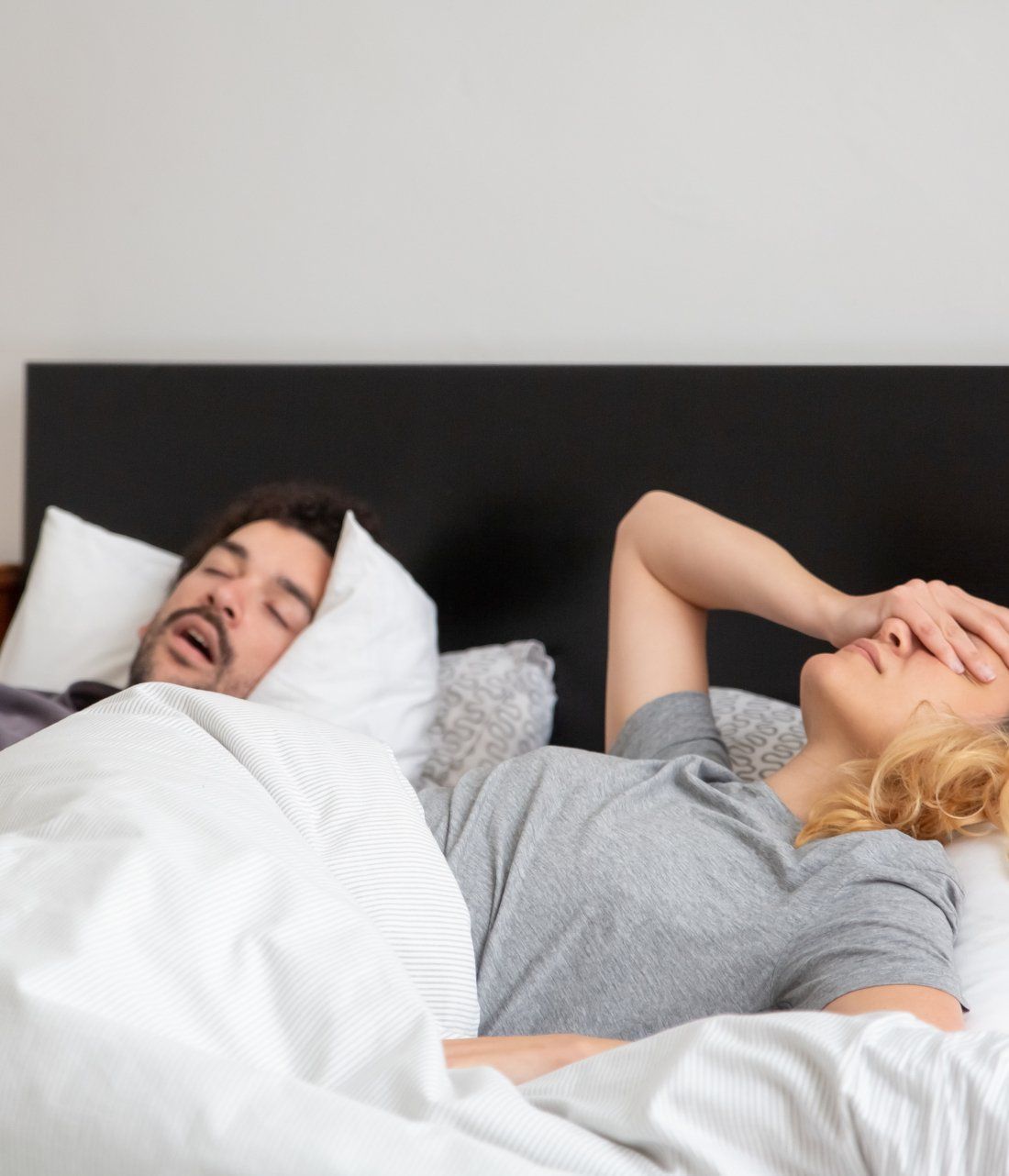Understanding sleep apnea
Obstructive sleep apnea (OSA) is a sleep disorder in which the airway repeatedly becomes blocked or narrowed during sleep. This usually occurs because the muscles in the throat relax, causing the airway to partially or completely collapse, obstructing airflow. When the airway becomes blocked, the person temporarily stops breathing – a pause that can last from a few seconds to over a minute, and can happen many times during the night.
Symptoms of obstructive sleep apnea
- Loud snoring: One of the most common symptoms, often with sudden pauses followed by gasping breaths.
- Restless sleep: Frequent awakenings due to breathing pauses.
- Daytime fatigue: Lack of consistent sleep can lead to fatigue, difficulty concentrating, and a feeling of being unmotivated.
- Morning headache: Short oxygen breaks can cause headaches or discomfort in the morning.
- Mood swings and irritability: Lack of sleep can affect mood and increase the risk of depression and irritability.
Risk factors and causes
Obstructive sleep apnea most often affects adults, especially those who are overweight. Other risk factors include age, smoking, alcohol consumption, an anatomically narrow airway, and a family history of sleep apnea.
Treatment of obstructive sleep apnea
- CPAP machine: A machine that uses air pressure to keep the airways open during sleep so that breathing can continue uninterrupted.
- Lifestyle changes: Weight loss, quitting smoking, and reducing alcohol intake can reduce symptoms.
- Mouth splint: A dentist can make a splint that helps hold the jaw in a position that keeps the airway open.
- Surgery: In some cases, surgical procedures can help if the airways are too narrow.
Obstructive sleep apnea can have serious health consequences, such as an increased risk of cardiovascular disease, high blood pressure, and diabetes, so it is important to get treatment if you have symptoms.
What is a CRM survey?
What is sleep monitoring?
What is sleep apnea testing with Watch-Patr?
If you live far from the sleep clinic at Charlottenlund Private Hospital, it may not be easy to come in for an examination.
What is CPAP treatment?
What is CPAP therapy?

For further information, you are welcome to visit the Danish Sleep Apnea Association.
Opening hours
Tuesday:
Wednesday:
Thursday:
09:00 - 15:00
09:00 - 15:00
09:00 - 15:00
Phone time
Tuesday:
Wednesday:
Thursday:
08:00 - 09:00
08:00 - 09:00
08:00 - 09:00
Information
Address
Section for Sleep
Hans Edvard Teglers Vej 9, 2nd floor.
2920 Charlottenlund
The section for Søvn is located in the middle of Jægersborg Allé and the entrance is from the parking lot behind Meny, where you can park for free for 2 hours.
Tel: 32 22 44 10



